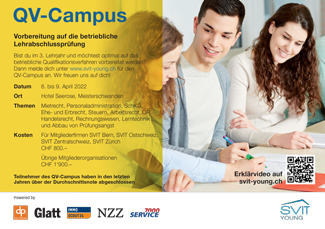An algorithm controls thermostats

A self-learning algorithm developed at Empa can be integrated into intelligent thermostats via a cloud connection. This allows you to look into the future and control the room temperature with foresight. This saves energy and money.
Two researchers from the Urban Energy Systems Lab at the Swiss Federal Laboratories for Materials Testing and Research ( Empa ) have created a self-learning algorithm for heating thermostats. According to an Empa report , it can be integrated into conventional intelligent or smart thermostats via a cloud connection and regulate the room temperature in a predictive manner.
"The potential is enormous," says Felix Bünning, co-founder of the Empa spin-off viboo, which markets this algorithm. "Our experiments at NEST have shown that energy savings of between 26 and 49 percent can be achieved with this approach."
To create a model of the building, building data such as valve positions and room temperature measurements from just two weeks are sufficient. In combination with forecasts for the local outside temperature and global solar radiation, the algorithm then independently calculates the ideal amount of energy required to heat or cool the building up to twelve hours in advance.
According to the information, a first partner is the Danish company Danfoss . The internationally active thermostat manufacturer is currently testing in a pilot project together with viboo how high the savings potential is in conventional existing buildings. In addition, the start-up is already in talks with other industrial partners. For example, it will integrate the algorithm directly into the central building automation system in a Zurich office building.
